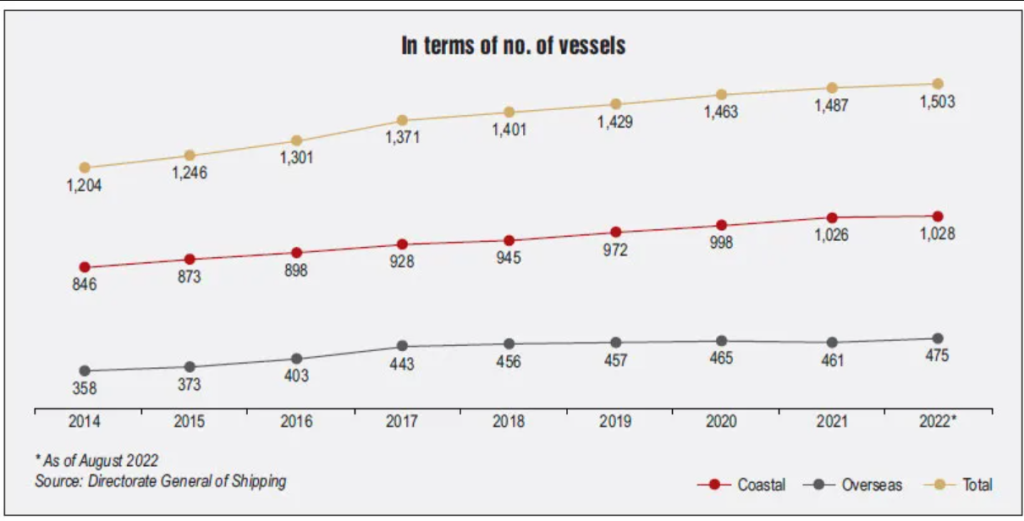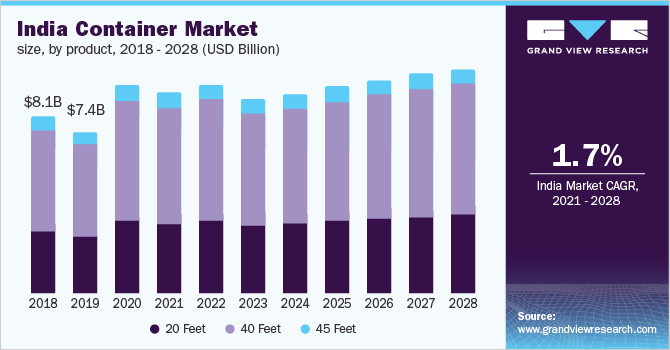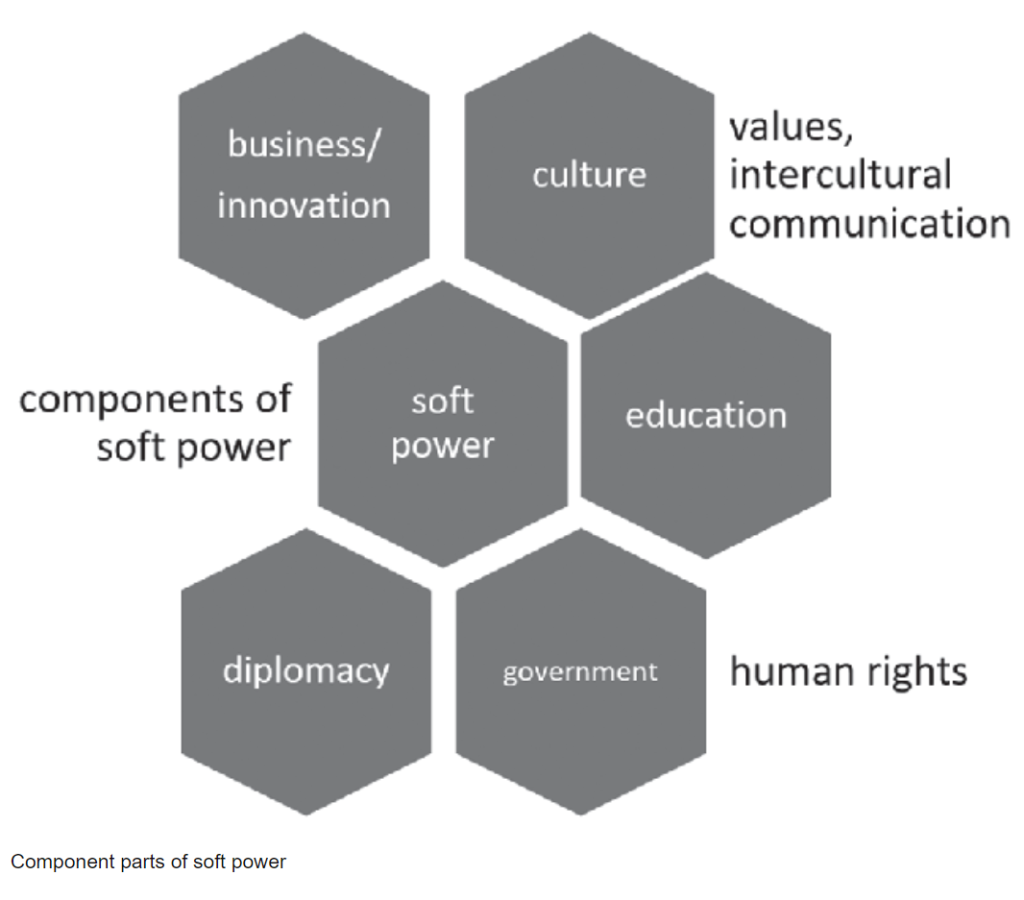CONTENTS
- A Tribute to India’s Maritime Legacy
- Soft Power as Comparative Advantage for India
A Tribute to India’s Maritime Legacy
Context:
Every year on April 5th, India observes National Maritime Day, a significant occasion intertwined with the nation’s maritime sector’s history and importance. It serves as a moment for contemplation of India’s profound maritime legacy and the vital role the ocean plays in its economic, cultural, and strategic realms.
Relevance:
GS-2- Government Policies and Interventions
GS-3
- Growth and Development
- Infrastructure
Mains Question:
Examining the present status of the maritime sector in India, discuss why is it imperative that India take proactive measures to safeguard its marine resources and promote responsible maritime practices. (15 Marks, 250 Words).
India’s Maritime History:
Indus Valley and Mesopotamia:
- The earliest documented instances of individuals from the Indian subcontinent participating in sea commerce can be traced back to approximately 3300-1300 BCE.
- The harbor at Lothal (located in present-day Gujarat) demonstrates the civilization’s profound knowledge of tidal patterns and wind dynamics.
Vedic and Buddhist Mentions:
- The Vedas, written between 1500-500 BCE, recount vivid accounts of maritime expeditions.
- Moreover, the Jataka Tales and Tamil Sangam literature, spanning from 300 BCE to 400 CE, provide further glimpses into ancient Indian maritime ventures.
Rise in Maritime Engagement:
- By the 1st century BCE, maritime activities in deep waters escalated, partly propelled by the Roman Empire’s demand for goods from the East.
- Mastering the monsoon winds became essential for undertaking lengthy voyages, and Roman trade significantly encouraged such maritime journeys. Romans sourced items like horses, pearls, and spices from the Coromandel Coast.
Varied Shipbuilding Traditions:
- Ancient Indian shipbuilding methods were diverse, encompassing the coir-sewn tradition of the Arabian Sea, the jong tradition of Southeast Asia, and the Austronesian practice of outrigger boats. These techniques often utilized stitching instead of nails for construction.
- Different kinds of timber were employed for constructing ships, with mangrove wood being preferred for dowels and teak for various structural components.
- Evidence of these timber usages can be found in coastal settlements and archaeological sites scattered across the Indian Ocean region.
India as a Hub of Commerce:
By the Common Era, the Indian Ocean had evolved into a bustling “trade lake,” with India positioned at its nucleus:
- Western Trade Route: India was linked to Europe via the Middle East and Africa, with ports such as Bharuch and Muziris serving as vital trading junctions.
- Eastern Trade Route: Discoveries of Indian artifacts in Hepu, China, dating back to the 3rd century BCE, indicate a maritime pathway connecting India to China and Malaysia. Tamralipti in Bengal played a significant role in facilitating this trade.
- The National Maritime Day carries particular weight as it commemorates the inaugural journey of the first Indian-owned merchant ship from Bombay to London.
- On April 5th, 1919, the SS Loyalty, owned by the Sindhya Steam Navigation Company, embarked on this historic voyage, marking India’s debut in global maritime trade.
- The voyage of the SS Loyalty was more than just a physical expedition between ports; it symbolized India’s ambitions for economic strength and worldwide connectivity.
- It laid the groundwork for India’s emergence as a significant player in maritime affairs, shaping trade routes, nurturing international ties, and propelling economic development.
India’s Maritime Sector:
- With control over a marine territory spanning 8,118 kilometers, India exercises primary jurisdiction over its maritime expanse.
- The presence of 118 minor ports and 12 major ports facilitates the annual movement of 1400 million tonnes of cargo, crucial for the nation’s trade and economic advancement.
- Moreover, the diverse marine life in India’s coastal waters, comprising approximately 665 fish species, sustains the livelihoods of 40 lakh fishery workers involved in related activities.
- Seventeen crore people inhabit coastal regions, and there are an estimated twenty lakh cubic meters of oil and natural gas within our maritime borders.
- India ranks as the 16th largest maritime nation globally. Presently, maritime transportation in India manages 95% of trade volume and 68% by value.

GROWTH OF INDIAN SHIPPING INDUSTRY (COASTAL AND OVERSEAS)
- India stands among the top 5 countries worldwide for ship recycling, commanding a 30% share in the global ship recycling market.

- Additionally, it possesses over 30% of the global market share in the ship-breaking industry, housing the world’s largest ship-breaking facility at Alang, Gujarat.
- As of December 2021, India’s fleet boasted a Gross Tonnage (GT) of 13,011 thousand. However, India’s fleet capacity represents only 1.2% of the world’s fleet, and it handles merely 7.8% of India’s EXIM trade (as of 2018-19), according to the Economic Survey 2021-2022.
- In 2017, the government introduced the ambitious Sagar Mala Program with the aim of fostering port-led development and bolstering logistics-intensive industries.
- The Maritime India Vision 2030 has outlined more than 150 initiatives aimed at enhancing the Indian maritime sector.
Way Forward:
- As we commemorate National Maritime Day, it is imperative to acknowledge the contributions of sailors, maritime experts, and organizations devoted to enhancing India’s maritime sector.
- From shipping firms to port authorities, naval forces to maritime educational institutions, numerous individuals and entities labor diligently to ensure the effective operation of India’s maritime environment.
- One notable proponent of the blue economy is Gunter Pauli, whose “Blue Economy” concept advocates for innovative solutions inspired by nature to tackle global challenges while fostering economic progress.
- Pauli’s proposals advocate for a transition to a circular economy model, where waste is minimized, and resources are efficiently utilized, generating value while mitigating environmental impact. His vision aligns with India’s aspirations for sustainable development and offers valuable insights for shaping the future of its maritime industry.
- Given escalating worries about climate change, marine pollution, and threats to maritime security, it is crucial for India to adopt proactive measures to protect its marine resources and advocate for responsible maritime behavior.
Conclusion:
In recent times, India has made substantial progress in modernizing its ports, improving maritime infrastructure, and augmenting its maritime capacities. Programs such as Sagarmala and Bharatmala have played a pivotal role in enhancing coastal and inland connectivity, streamlining trade, and propelling economic growth. By harnessing emerging technologies, promoting innovation, and fostering robust international collaborations, India can further bolster its maritime competitiveness and position itself as a prominent global maritime influencer.
Soft Power as Comparative Advantage for India
Context:
Soft power refers to a persuasive approach to international relations, typically leveraging economic or cultural influence. India possesses the potential to establish its credibility through this intangible form of power. It has been referred to as a “soft power by default” and is believed to possess significant potential in this realm. India was an early adopter of a soft power strategy, pioneered during the tenure of Prime Minister Jawaharlal Nehru, well before the term was coined.
Relevance:
GS-2
- Groupings and Agreements Involving India and/or Affecting India’s Interests
- Effect of Policies and Politics of Countries on India’s Interests
Mains Question:
Soft power stands as a compelling force, often wielded through economic or cultural influence to shape global perceptions and agendas. Discuss. (10 Marks, 150 Words).
Soft Power in India:

- Following the setback of the 1962 war with China, India gradually shifted towards a hard power approach, with its foreign policy becoming more pragmatic and driven by realpolitik.
- India’s comparative advantage in soft power is evident through various historical examples, such as the Chanakya Niti advocating for non-aggressive settlements, Gandhi’s non-violence movement, and the Panchsheel pact promoting peaceful advancement and friendly relations with neighbors.
- The concept of soft power in India traces back to the Upanishads with the idea of “Vasudhaiva Kutumbakam” (the world is one family).
- India’s soft power assets include the global acceptance of Buddhism, the popularity of yoga and Ayurveda, and the reverence for ancient universities that attract scholars and learners to India.
- To this day, India’s rich, diverse yet cohesive, and dynamic culture, landscape, cuisine, architecture, and history continue to attract significant tourism.
- Indian cinema, in addition, has not only propelled Indian actors to global fame but also popularized the vibrant culture and the enthusiasm for traditional attire.
- Moreover, cricket, often regarded as India’s unifying religion, has fuelled the aspirations of countless youngsters in the country, elevating India’s status in the international sports arena.
- The current government has recognized the value of soft power and has initiated various measures contributing to the nation’s global popularity. India’s successful tenure as the president of the G-20 has garnered widespread acclaim.
- Similarly, initiatives like Atmanirbhar (self-reliant), Make in India, and Swachh Bharat (Clean India) have become national rallying cries, redefining and imbuing new significance into longstanding policies, while also enhancing India’s global reputation.
- Furthermore, the national leadership has played a significant role in expanding the network of Indian embassies abroad and revitalizing relationships with regional groups like ASEAN, BIMSTEC, and SAARC, as well as strengthening ties with Eastern and South Asian countries through initiatives such as the Act East Policy and the Neighborhood First Policy Act. These efforts have resulted in both commercial and strategic advantages for India.
Existing Challenges:
- Ironically, despite recognizing the significant potential and benefits of soft power, we encounter several limitations in fully leveraging its advantages.
- Soft power is often not formally integrated into foreign policy or its nature and extent are not adequately acknowledged. It frequently takes a backseat to other pressing economic and security considerations or the components of hard power.
- Furthermore, soft power has received limited attention from both scholars and policymakers. Despite possessing a rich and diverse diaspora, culture, and media, noteworthy efforts to formalize policies in these areas have been lacking.
Conclusion:
India, as an emerging economy, will require time to compete effectively with developed nations in terms of hard power. However, acknowledging its strengths in various forms of soft power, India should strive to further enrich its assets and utilize them for international trade, thereby carving out a distinctive niche for itself.




